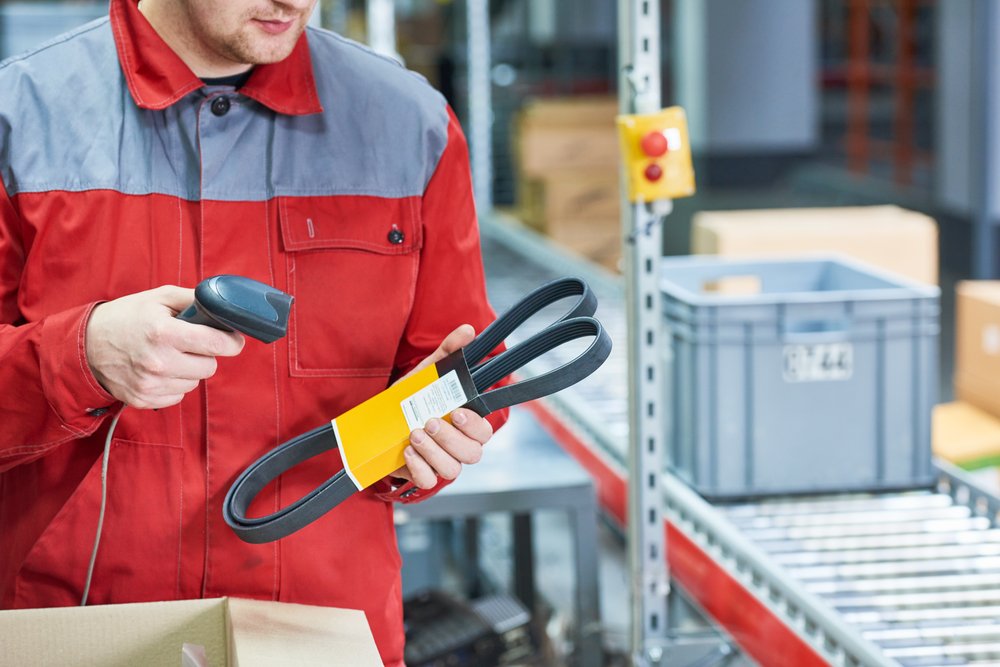
If customers want to do their shopping on Amazon, then that’s where the automotive aftermarket needs to be, a panel discussion suggested.
David Seewack, CEO and founder at FinditParts, said Amazon is where his company needs presence because that’s where the demand is. But the online retail giant is treated the same as any other partner they work with.
“So Amazon is a player. We treat Amazon as just another channel,” he said at the MEMA Aftermarket Suppliers Aftermarket Technology Conference.
But it’s essential that his company doesn’t sell on Amazon based on price. There are no discounts just because it’s Amazon.
“We’re very cognizant not to be selling on price,” he said during the panel discussion, E-commerce Outlook: Growth Opportunities for Aftermarket Products. “For our business, when we talk about channel conflict, a lot of the suppliers here will fulfill for us. And if we start lowering the prices wherever we might be — the marketplace or online — you’re going to cause that channel conflict. So we act more like a distributor.”
He understands that for many suppliers, selling on Amazon creates a lot of conflict in their channel. Original equipment manufacturers won’t generally be found there either. “They might sell surplus. So the way I look at it is people will buy there; we’ll surface on Amazon. It’s not our focus.”
Seewack also noted that to be really good at selling on Amazon, you need a lot of content. That’s historically been a challenge for the aftermarket. Many parts don’t have an image or a description so it’s hard to sell on a digital platform when those key items are missing.
Brian Servatius, vice president of business development at RevolutionParts, said it’s a powerful channel. “There’s a little bit of, ‘if you can’t beat’em, join’em,’ to some degree.”
But you can’t join for the sake of it. You have to understand how Amazon works. “From our perspective, so we’ll integrate [but] we’ll be a little bit selective about the products we push up there,” he pointed out. “And from a content perspective, they’re very specific about the data they want.”
Amazon is also a taker of as much data as possible. “Ultimately, if it were up to Amazon, they would disintermediate probably all of us,” he warned.
But anyone using the service has to understand that when you list a product “part of the deal is, it’s a worldwide royalty-free, irrevocable, perpetual license that you gave them as the terms of service,” Servatius said.
On the other hand, eBay doesn’t ask for your data.
“You have to play with some guardrails and just make sure you understand what you’re putting out there,” Servatius said. “And I agree with David, it’s, it’s very enticing, and Amazon in the market will push you to continue to try and price down and sell on price. And I think in the product sector, that’s not how we’re going to win the war, long term.”
And if Amazon is one of your online strategies, you have to make sure your service levels match up across all of them.
“People with Prime are now thinking, ‘OK, two days, it should be at my door.’ So that’s … the bar, and you’ve got to do things to enable that. So we bring in data points in order to let the consumer know, if the inventory is there, then you can start to expect it at this timeframe.”
Erik St. Pierre, co-founder and COO at PartsTech noted that this about all the things Amazon is good at: Customer service, user experience, next-day delivery, strong technological backbone and more. What’s the aftermarket good at? Incredible logistics service, like 30-minute delivery. Amazon can’t compete with that, plus depth of inventory.
What the aftermarket is sorely lacking, he added, is a strong user experience layered on top of that.
Related Posts
Comments
-
Jobbers have been selling parts to those who install their own parts for years at a lower cost . This just make the selection larger. If the part is wrong from a local jobber , it can be exchanged in very short time. But from Amazon and Ebay. Could take a day or two.
1- Who covers shop time to put the vehicle back together or get it towed out until the correct part comes in ? -
I agree with Bruce but there is so much push back from the clients that regardless of workmanship, they will call any and all service outlets to find one who will install their Amazon parts. For the reasons that Bruce has outlined, the service outlets should now be expressing to the clients that there is no warranty on parts or labour for customer supplied parts of any kind and that there should be an hourly charge for bay time regardless if any work is being done or not. That would cover any costs that the customer would incur over a warranty situation or they pay to have the vehicle reassembled to get it out of the bay. This needs to be a contract laid out before the vehicle comes in the door. We have an extreme lack of technicians, we cannot be wasting their time.












Leave a Reply